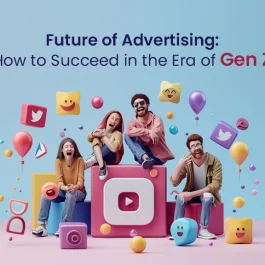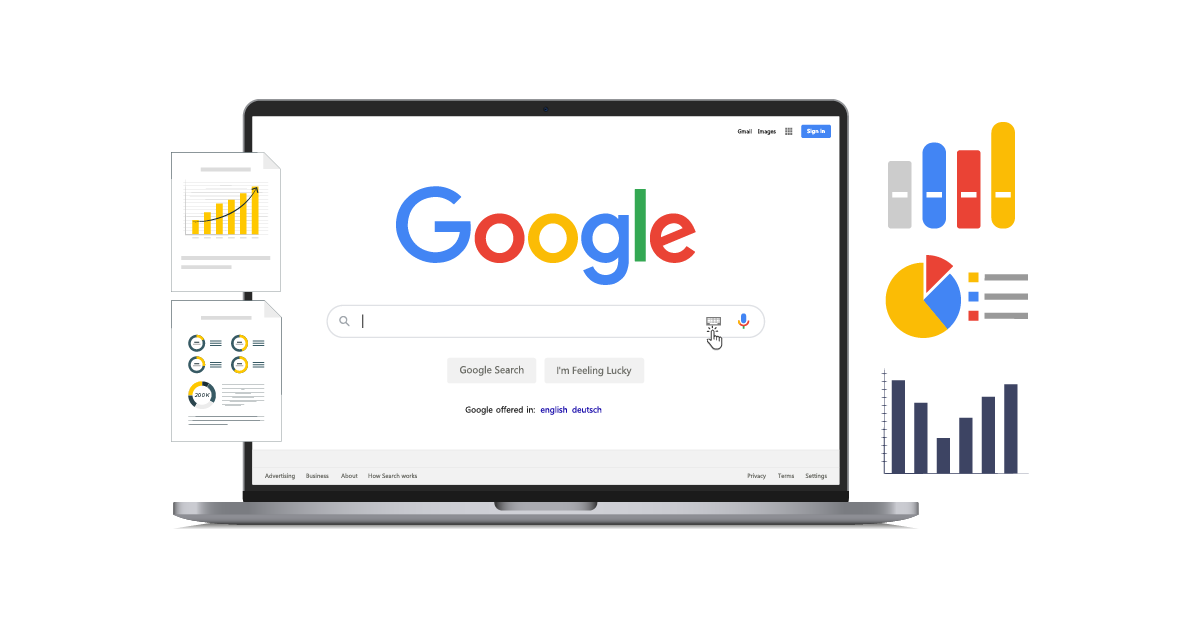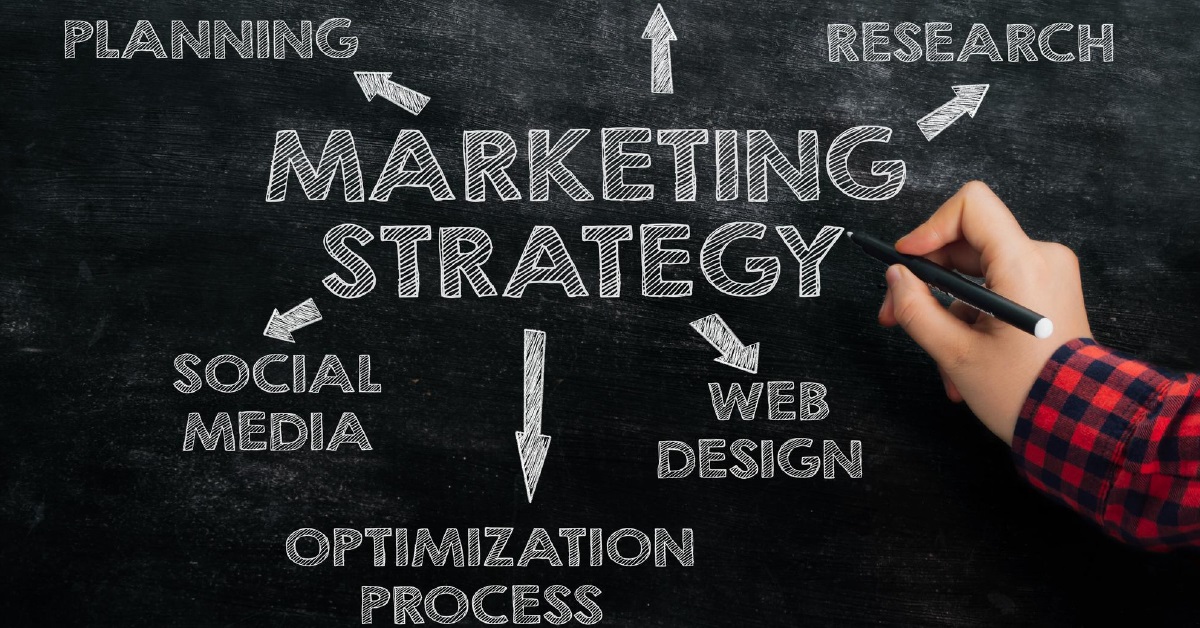4 min read

Customers have higher expectations than ever in the digital age we live in. Consumers want personalized experiences that cater to their unique needs and preferences. This demand has given rise to the concept of hyper-personalization, which goes beyond traditional personalization methods to create highly tailored customer experiences. In this blog post, we will explore how hyper-personalization is reshaping customer experiences and revolutionizing the way businesses engage with their target audience.
Table of Contents
Understanding Hyper-Personalization
Hyper-personalization is a strategy that leverages advanced technologies, data analytics, and artificial intelligence (AI) to create personalized marketing experiences for individual customers at scale. Unlike traditional personalization, which typically relies on segmentation and targeting based on broad demographics, hyper-personalization takes into account individual preferences, behaviors, and context to deliver highly relevant content and recommendations.
Benefits of Hyper-Personalization
Hyper-personalization offers several benefits for both businesses and customers. Firstly, it enhances the overall customer experience by providing relevant content and recommendations tailored to individual needs. Engagement and loyalty are also raised, in addition to improving customer satisfaction.
Secondly, hyper-personalization enables businesses to gain valuable insights into customer preferences and behaviors. By analyzing data collected from various touchpoints, businesses can better understand their customers’ needs and preferences, allowing them to make more informed decisions and offer highly targeted products and services.
Finally, hyper-personalization can drive revenue growth by improving conversion rates and reducing customer churn. When customers receive personalized offers and recommendations that align with their preferences, they are more likely to make a purchase or continue engaging with a brand over time.
Implementing Hyper-Personalization
Implementing hyper-personalization requires a combination of technology, data analytics, and strategy. Take into consideration these crucial steps:
Step 1: Data Collection and Integration
To deliver personalized experiences, businesses need to collect and integrate customer data from various sources, such as websites, mobile apps, social media, and offline interactions. This data should include both explicit information (e.g., customer preferences) and implicit data (e.g., browsing behavior).
Step 2: Data Analysis and Segmentation
Once the data is collected, businesses need to analyze it to identify patterns, trends, and segments. This analysis helps create customer profiles and segments based on factors such as demographics, behaviors, preferences, and purchase history.
Step 3: Predictive Analytics and AI
To deliver real-time personalized experiences, businesses can leverage predictive analytics and AI algorithms. These technologies use historical data and machine learning algorithms to predict customer preferences and behaviors, allowing businesses to make personalized recommendations in real-time.
Step 4: Content Personalization
Content personalization involves tailoring the content, offers, and recommendations based on individual customer profiles. This can be achieved through dynamic website content, personalized emails, targeted advertisements, and customized product recommendations.
Step 5: Continuous Optimization
Hyper-personalization is an ongoing process that requires continuous optimization. Businesses should regularly analyze customer feedback, monitor performance metrics, and refine their personalization strategies to ensure they are delivering the most relevant experiences to their customers.
Examples of Hyper-Personalization in Action
Several companies have successfully implemented hyper-personalization strategies to enhance their customer experiences. Let’s look at a few examples:
Example 1: Netflix
Netflix is a prime example of a company that excels in hyper-personalization. By leveraging user data such as viewing history, ratings, and preferences, Netflix provides personalized recommendations for each user. This level of personalization has significantly contributed to Netflix’s success in retaining subscribers.
Example 2: Amazon
Amazon utilizes hyper-personalization techniques to deliver a highly tailored shopping experience. By analyzing customer browsing behavior, purchase history, and demographics, Amazon provides personalized product recommendations, customized search results, and targeted promotions.
Example 3: Spotify
Spotify uses hyper-personalization to curate personalized playlists for its users. By analyzing listening history, user-generated playlists, and music preferences, Spotify creates custom playlists that cater to individual tastes and moods.
Privacy Considerations in Hyper-Personalization
While hyper-personalisation offers numerous benefits, it also raises concerns about privacy and data security. To address these concerns, businesses must prioritize transparency, consent, and data protection. Customers should be made fully aware of their data collection procedures, and their consent should be obtained in writing. Additionally, implementing robust security measures and complying with relevant data protection regulations are crucial to ensuring the privacy of customer data.
The Future of Hyper-Personalization
As technology continues to advance, the future of hyper-personalisation looks promising. Here are some trends that will shape the future of hyper-personalization:
Trend 1: AI-driven Personalization
AI will play an increasingly significant role in hyper-personalisation by enabling businesses to automate personalisation at scale. AI algorithms will become smarter in understanding customer preferences and behaviors, leading to more accurate recommendations and highly personalized experiences.
Trend 2: Omni-channel Personalization
Hyper-personalisation will extend beyond individual touchpoints to offer a seamless experience across multiple channels. Businesses will leverage data from various sources to deliver consistent personalization across websites, mobile apps, social media platforms, physical stores, and more.
Trend 3: Real-time Personalization
Real-time personalization will become the norm as businesses strive to deliver instant gratification to customers. With advancements in technology and data processing capabilities, businesses will be able to provide personalized experiences in real-time based on up-to-the-minute customer data.
Conclusion
Hyper-personalisation is transforming the way customers interact with brands, offering highly customized content, recommendations, and deals that cater to individual tastes and habits. With the help of advanced technologies and careful data analysis, this strategy boosts customer satisfaction while also accelerating engagement, loyalty, and revenue growth. In this dynamic landscape, businesses must emphasize privacy and constantly refine their personalization tactics to meet changing consumer demands. The future of hyper personalisation is bright, especially with advancements in AI-driven customization, seamless omni-channel experiences, and instant personalisation. At Varun Digital Media, we specialize in delivering comprehensive digital marketing services that embrace these trends, ensuring that our clients are at the forefront of hyper-personalized marketing, ready to captivate and retain their target audience effectively.
Published: January 12th, 2024








